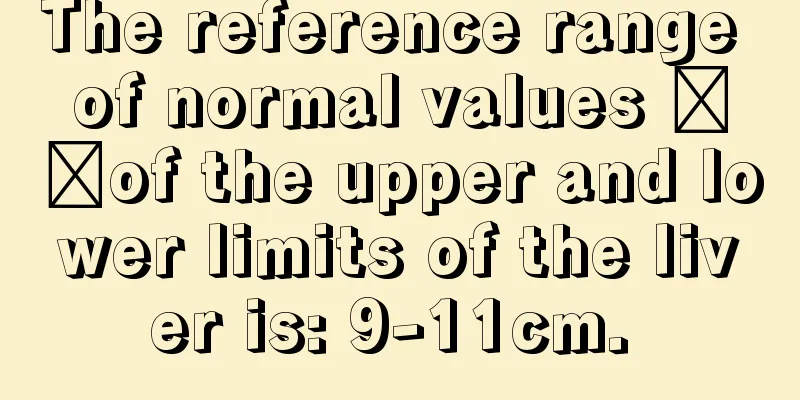Surgical treatment of laryngeal cancer

|
Surgery is the main method for treating laryngeal cancer. The principle is to preserve or reconstruct the laryngeal function as much as possible on the premise of completely removing the cancer, so as to improve the patient's quality of life. According to the method of resection, it is mainly divided into partial laryngectomy and complete laryngectomy. (1) Laryngeal microsurgery with COZ laser is suitable for the treatment of early-stage glottic and supraglottic laryngeal cancer. The surgery is minimally invasive and does not require tracheotomy. The postoperative vocal function is good and the recovery is rapid. (2) Vertical partial laryngectomy is suitable for patients with normal or limited vocal cord movement when the tumor has invaded most or all of the vocal cord on one side, reaching the anterior commissure, invading the laryngeal ventricle and ventricular band, or invading the subhyalial area of the vocal cavity. The incision is made slightly to the healthy side of the midline of the thyroid cartilage, and the vocal cord, ventricular band, arytenoid cartilage and thyroid cartilage plate on the diseased side are removed. If the tumor invades the anterior commissure or the front end of the contralateral vocal cord, an extended vertical partial laryngectomy, i.e., frontal partial laryngectomy, can be performed. (3) Frontal laryngectomy is suitable for patients with anterior commissure cancer or cancer involving the anterior ends of both vocal cords, or cancer on one side of the vocal cord that invades the anterior commissure to the anterior end of the opposite vocal cord and the lesion does not exceed 1 cm in front of the subglottis, does not invade the arytenoid cartilage, and has normal vocal cord movement. The resection range is 2 cm of the anterior angle of the thyroid bone, the anterior commissure, and the membranous part of both vocal cords. (4) Horizontal supraglottic resection is suitable for supraglottic cancer of the epiglottis, ventricular band or aryepiglottic fold, without involving the anterior commissure, laryngeal ventricle or arytenoid cartilage. The resection range is the epiglottis, ventricular band, laryngeal ventricle, aryepiglottic arm, pre-epiglottic space or part of the tongue root and the upper half of the thyroid cartilage plate. The upper edge of the vocal cord is sutured to the mucosa of the pyriform sinus to repair the wound in the larynx and preserve the vocal cord. The broken edge of the outer membrane of the thyroid cartilage is sutured to the tongue root. (5) Horizontal vertical partial laryngectomy is also called 3/4 laryngectomy. It is suitable for patients with supraglottic cancer invading the glottic area, while the laryngeal ventricle, vocal cords and arytenoid cartilage on one side are normal, or glottic cancer involving the thyroid cartilage, interarytenoid area and subglottic cricoid cartilage. The resection range includes the entire epiglottis, pre-epiglottic space, diseased ventricular band, laryngeal ventricle, vocal cords, arytenoid cartilage, aryepiglottic folds, thyroid cartilage plate and laryngeal tissue above the contralateral laryngeal ventricle floor and the corresponding thyroid cartilage plate. (6) Subtotal laryngectomy or near-total laryngectomy includes Tucher subtotal laryngectomy and Pearson near-total laryngectomy. (7) Type I and II supracricoid resection. |
<<: Commonly used surgical methods for gastric cancer
>>: Total laryngectomy for laryngeal cancer
Recommend
How can I improve the drowsiness symptoms of liver cancer? Liver cancer patients can improve their drowsiness symptoms in this way
Liver cancer patients will experience a series of...
How to judge the early, middle and late stages of prostate cancer
According to clinical symptoms, signs, imaging ex...
Does anemia affect the eyes?
Anemia is a symptom that can be caused by many di...
How come a thyroid cancer patient has six thyroid glands in half a year?
Thyroid cancer is a malignant tumor originating f...
Can sweet potato leaves promote lactation?
As a common vegetable, sweet potato leaves actual...
11 common signs of lung cancer patients
Lung cancer patients generally do not have any sp...
Whether dental implants hurt or not, finding the right hospital is the key
Dental implants are a very popular method of rest...
What's wrong with nausea and diarrhea
Nausea and diarrhea are two symptoms that are rea...
What is the use of expired coffee
Expired coffee can usually help eliminate waste c...
Which stage of cervical cancer is the most serious
How many stages are there for cervical cancer? Ce...
What teas can nourish and protect the liver?
The health of the liver will be directly reflecte...
Various combinations of multi-grain rice paste
Multi-grain rice paste is rice paste made from a ...
There is a foreign body sensation in the fossa between the clavicle
It is now popular to be thin enough to show your ...
What are the Chinese medicine prescriptions for the treatment of esophageal cancer
Currently, many disease experts often recommend t...
How long does it take to have a follow-up examination after endometrial cancer surgery? Generally, you need to have a follow-up examination 4 times a year
Patients with endometrial cancer need to be re-ex...









